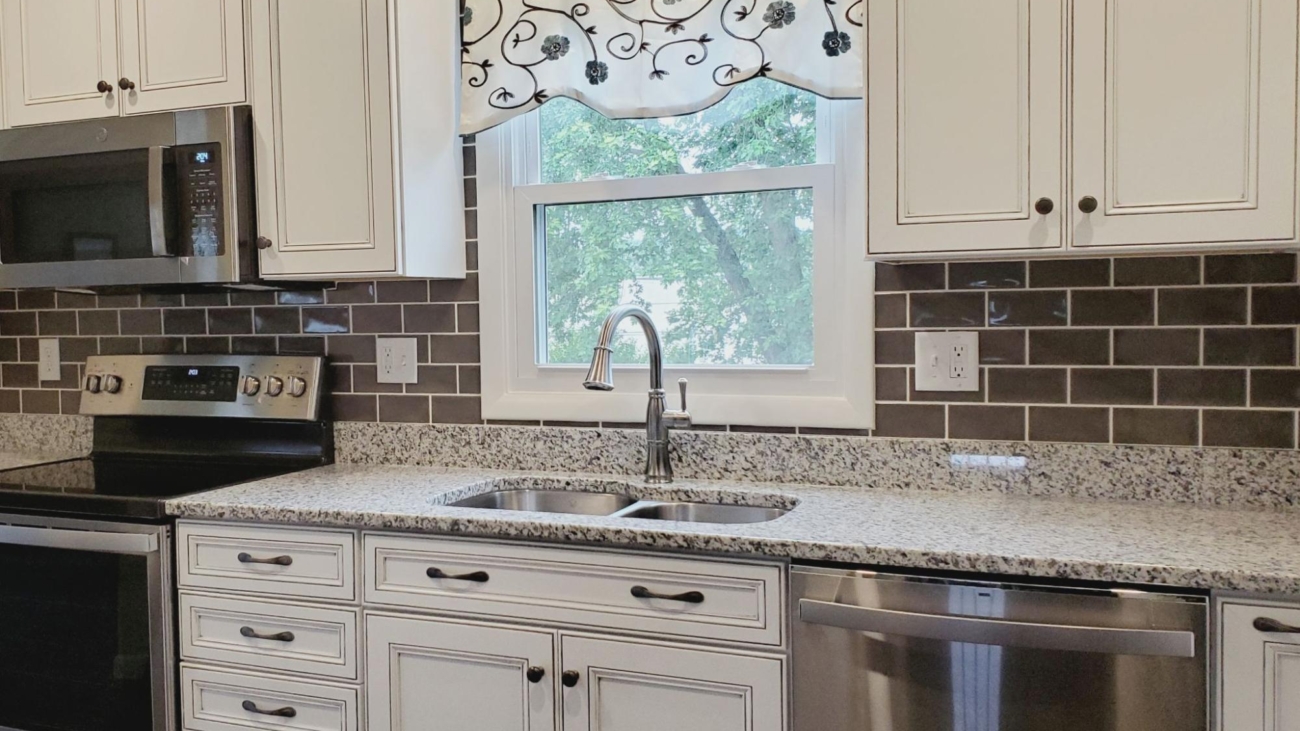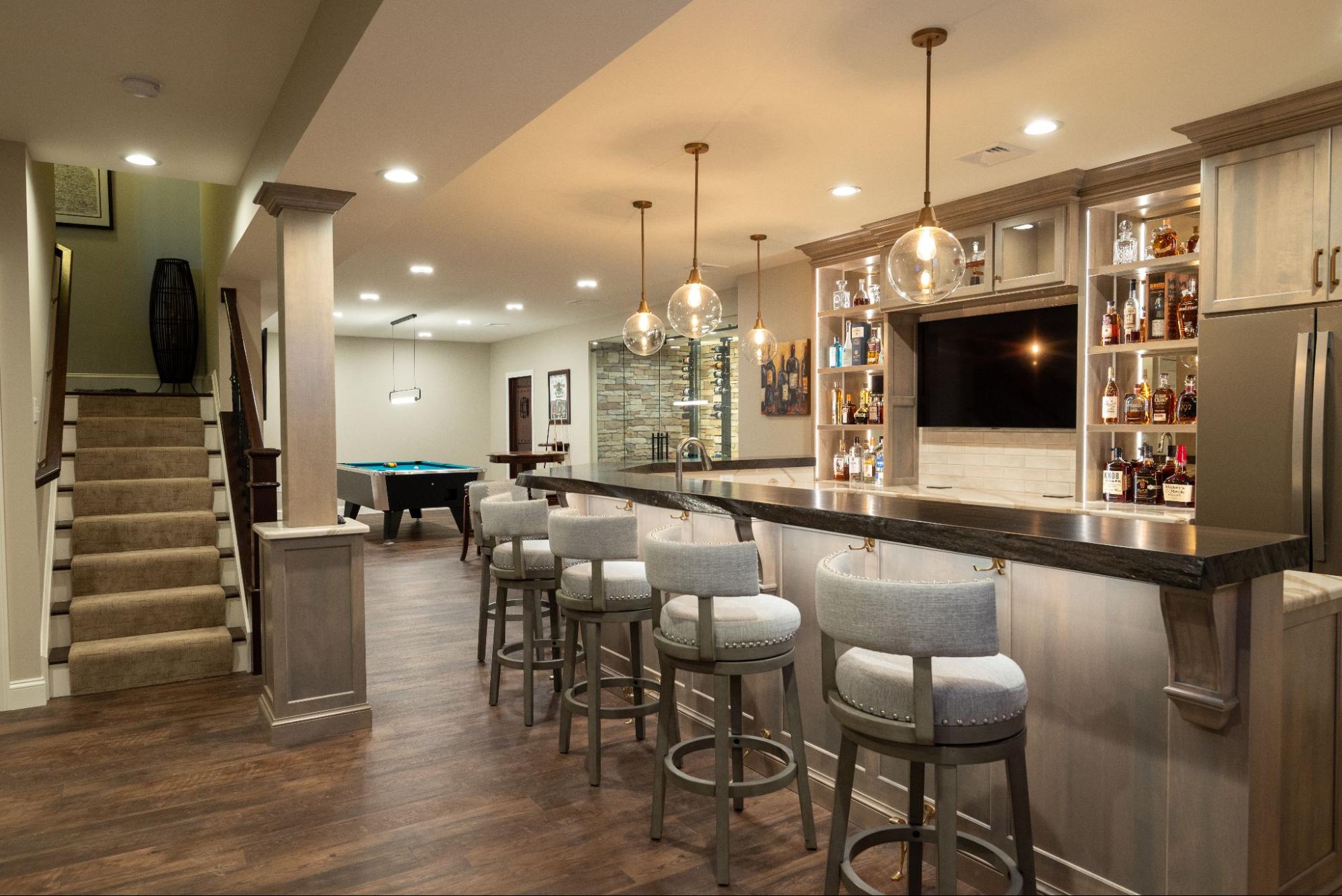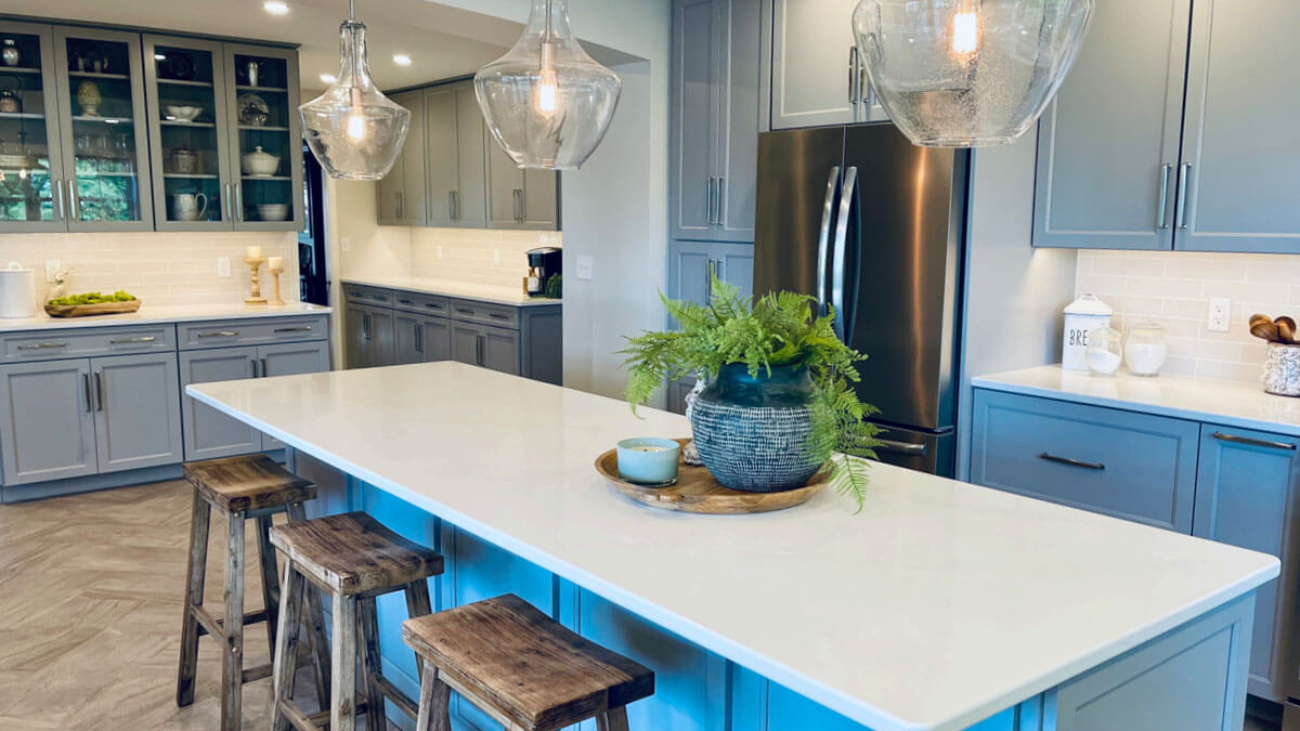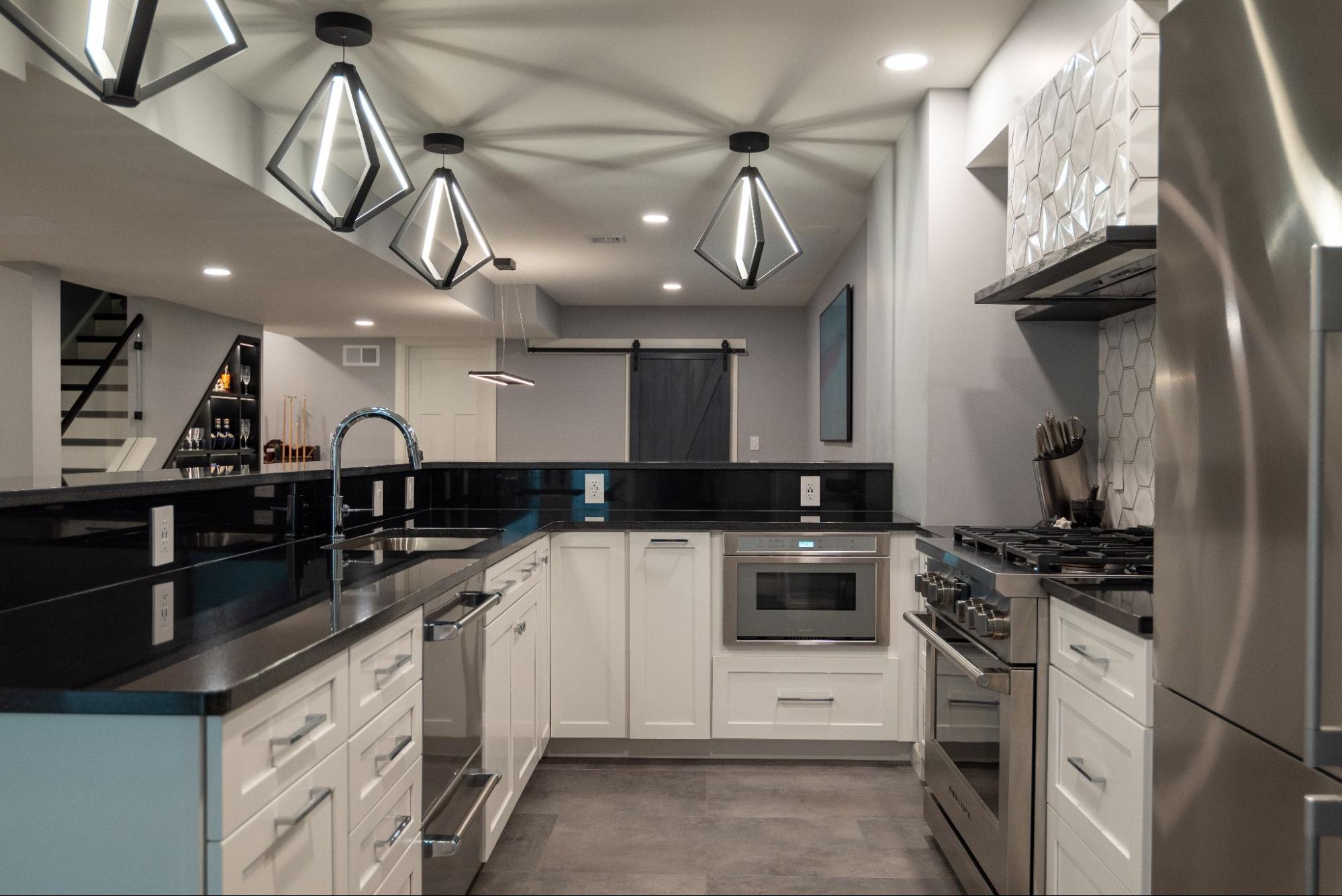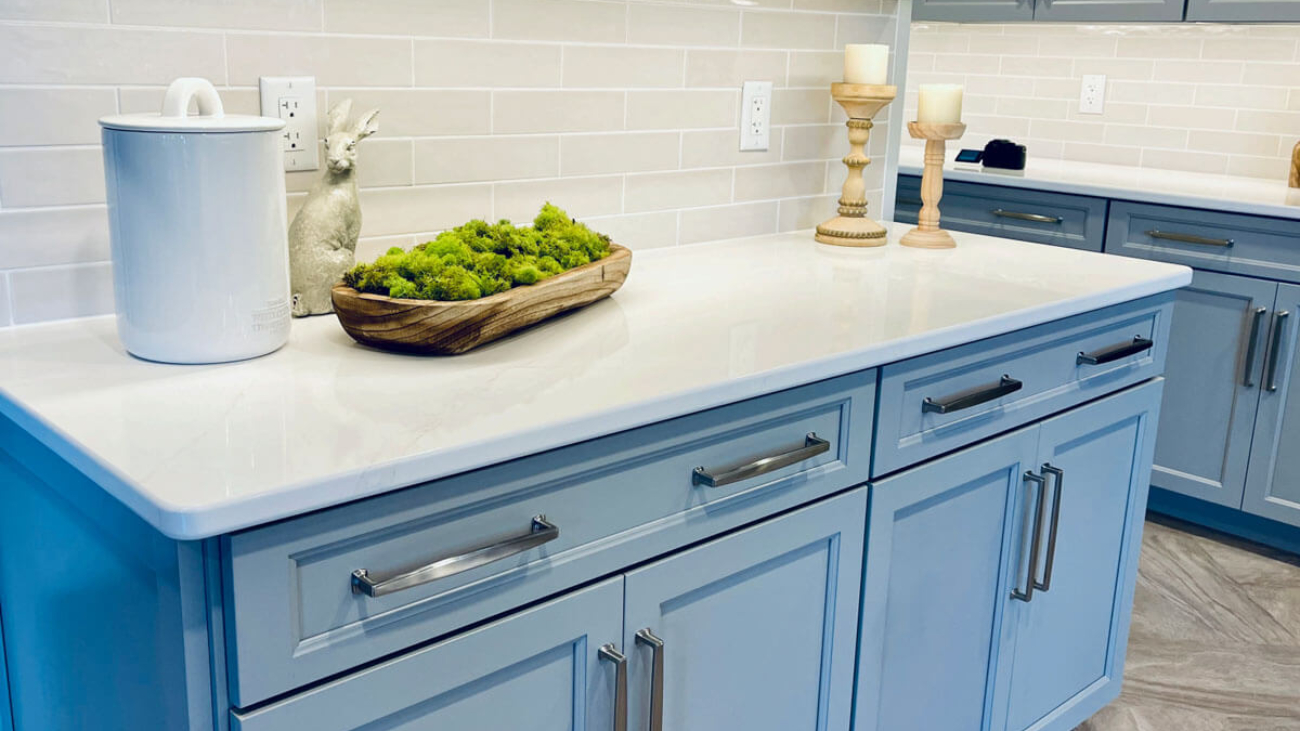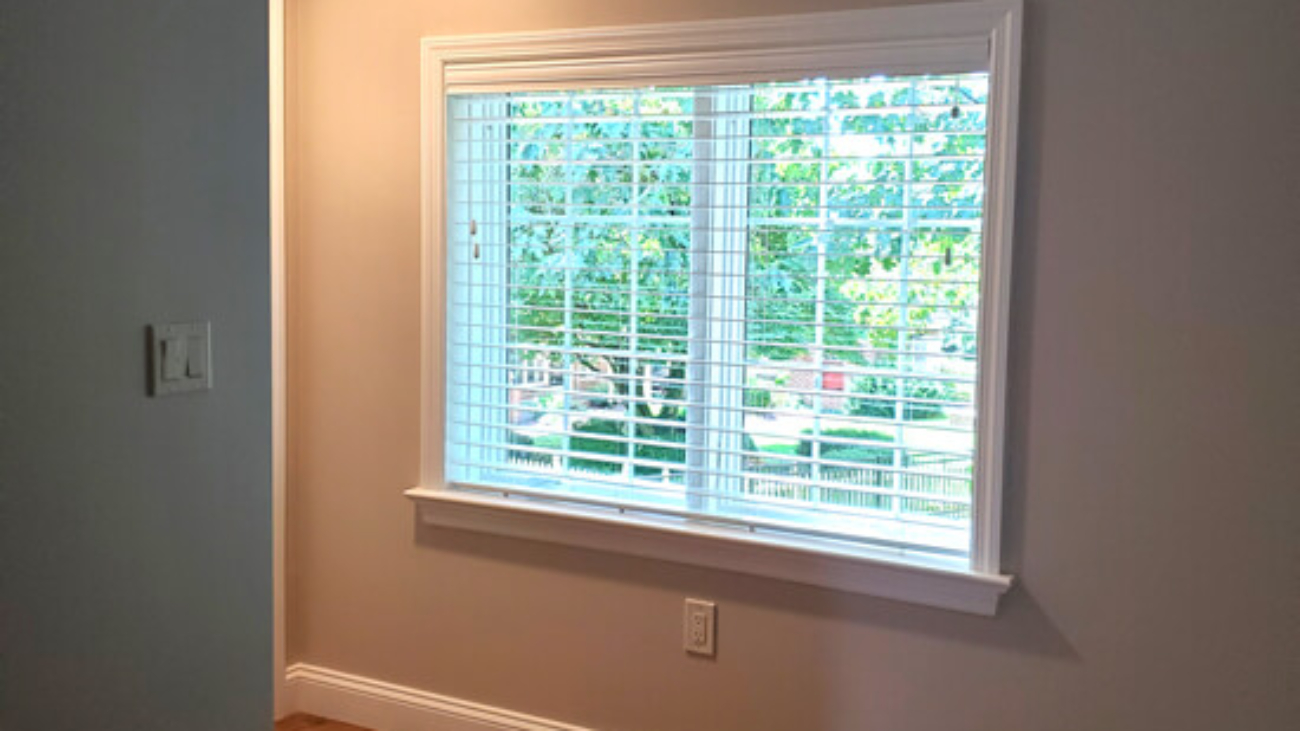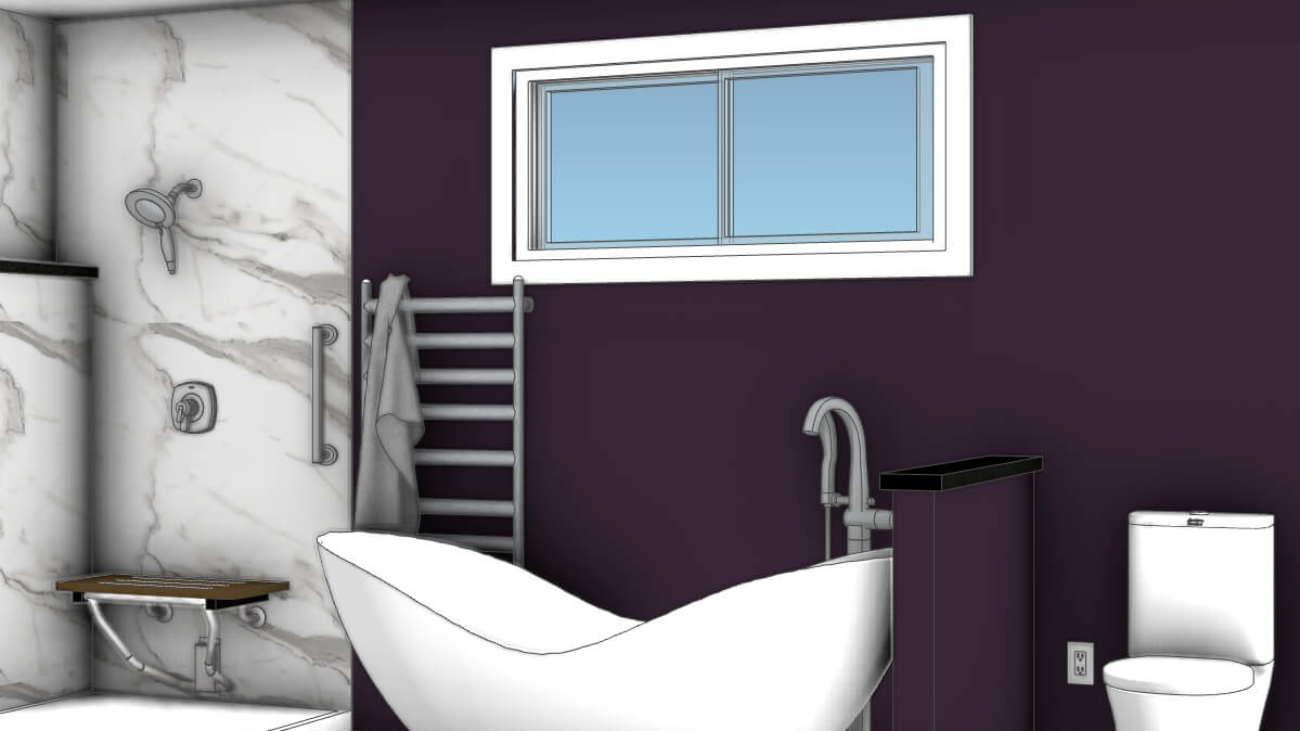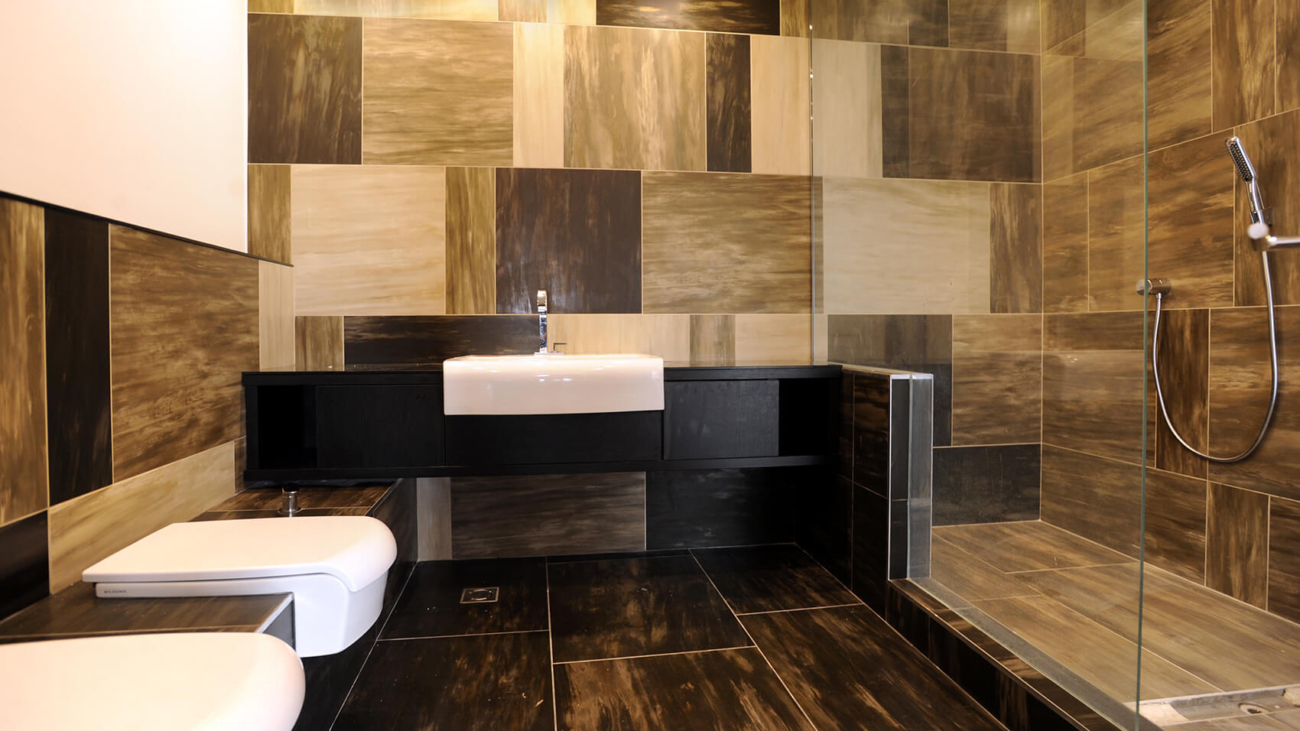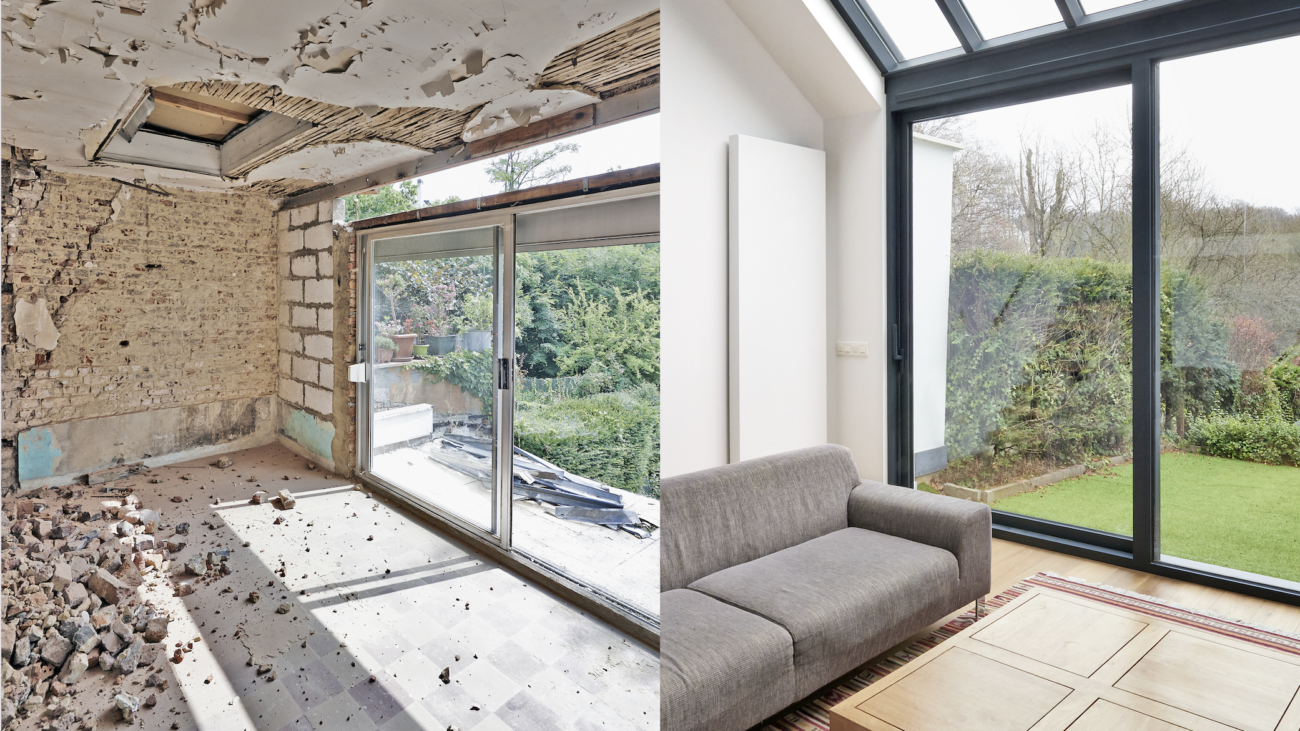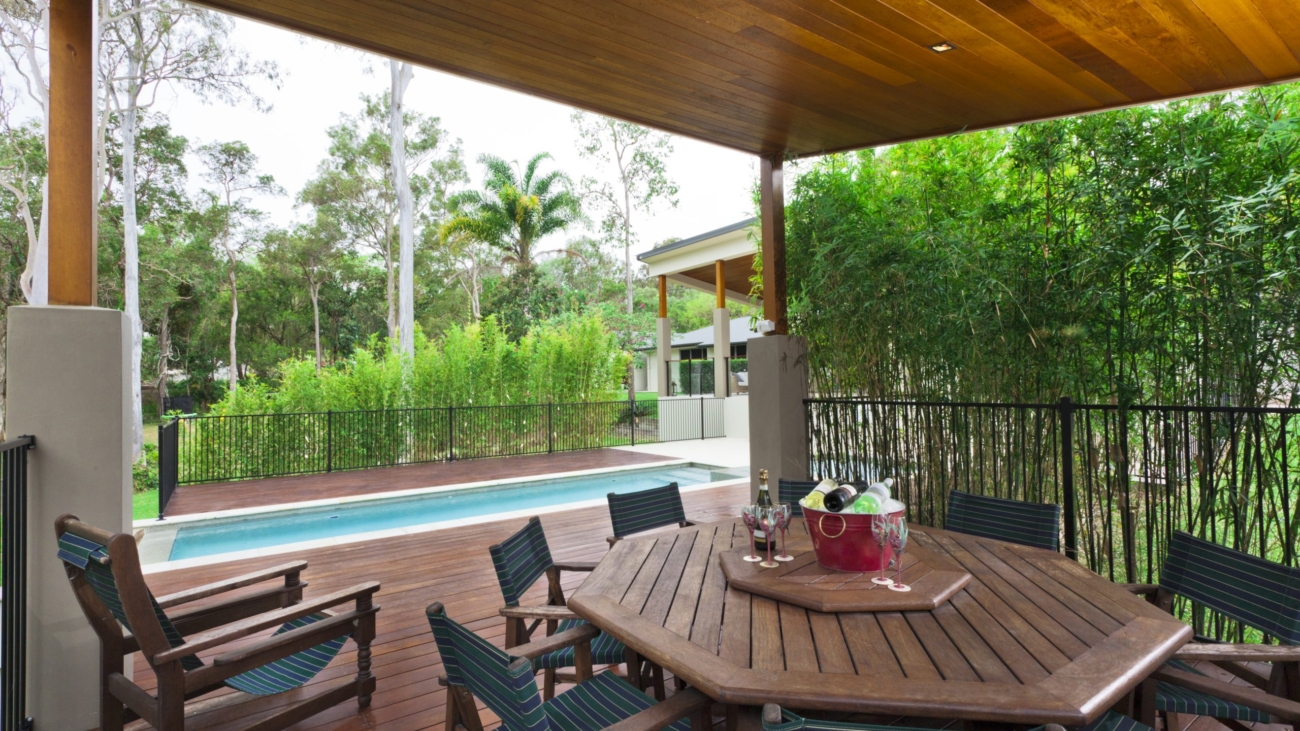There’s something magical about working under open skies—the soft rustle of leaves, the scent of spring air, the shift in energy that comes from stepping away from four walls. An outdoor workspace can feel like a mini escape, but with intention and a little design know-how, it can also be beautifully functional. Whether it’s a tucked-away corner of your yard or a full patio setup, here’s how to create an outdoor office oasis that balances focus and fresh air.
1. Start with the Right Spot
Not all outdoor spaces are created equal. Look for:
- Shade and shelter — dappled sunlight is dreamy, but a full day of sun can roast your screen (and your skin).
- Stable surfaces — flat ground for tables and chairs is a must.
- Noise awareness — birdsong = good. Leaf blowers = not so much.
Pro tip: Test your Wi-Fi before settling in. A mesh extender can be a game-changer.
2. Design with Comfort in Mind
Function comes first, but comfort is where you’ll stay. Think:
- Supportive seating — your back will thank you.
- Cushions and throws — bonus points for weather-resistant fabrics that still feel cozy.
- A solid table or laptop stand — no one wants to type on their lap for hours.
Designer detail: Layer textures (wood, woven, soft textiles) for a space that feels curated, not cobbled together.
3. Control the Elements
Outdoor work brings… well, the outdoors. Prepare for:
- Glare — use a laptop hood, anti-glare screen, or just reorient your setup.
- Heat — umbrellas, pergolas, or even a tall potted plant can add shade.
- Cool breezes — keep a light blanket or wrap nearby.
Mood upgrade: Add a small outdoor rug to visually define your “office” and make it feel grounded.
4. Style Your Space
Treat your outdoor office like an extension of your interior design.
- Use a color palette that complements nature—soft greens, earthy neutrals, or coastal blues.
- Add a touch of life—potted herbs, succulents, or even cut flowers.
- Consider ambient touches like string lights, a tabletop fountain, or a Bluetooth speaker for background music.
5. Make it Flexible
Not every day will be a perfect outdoor workday, so create a setup that can flex:
- Use lightweight, movable furniture.
- Store essentials (chargers, notebooks, bug spray) in a stylish basket you can carry in and out.
- Have an indoor backup plan for unexpected weather.
Breathe Deep, Work Smart
An outdoor workspace isn’t just a fun idea—it’s a design-forward way to nurture well-being, spark creativity, and reconnect with your environment. So grab your coffee, open your laptop, and let the fresh air do the rest.


